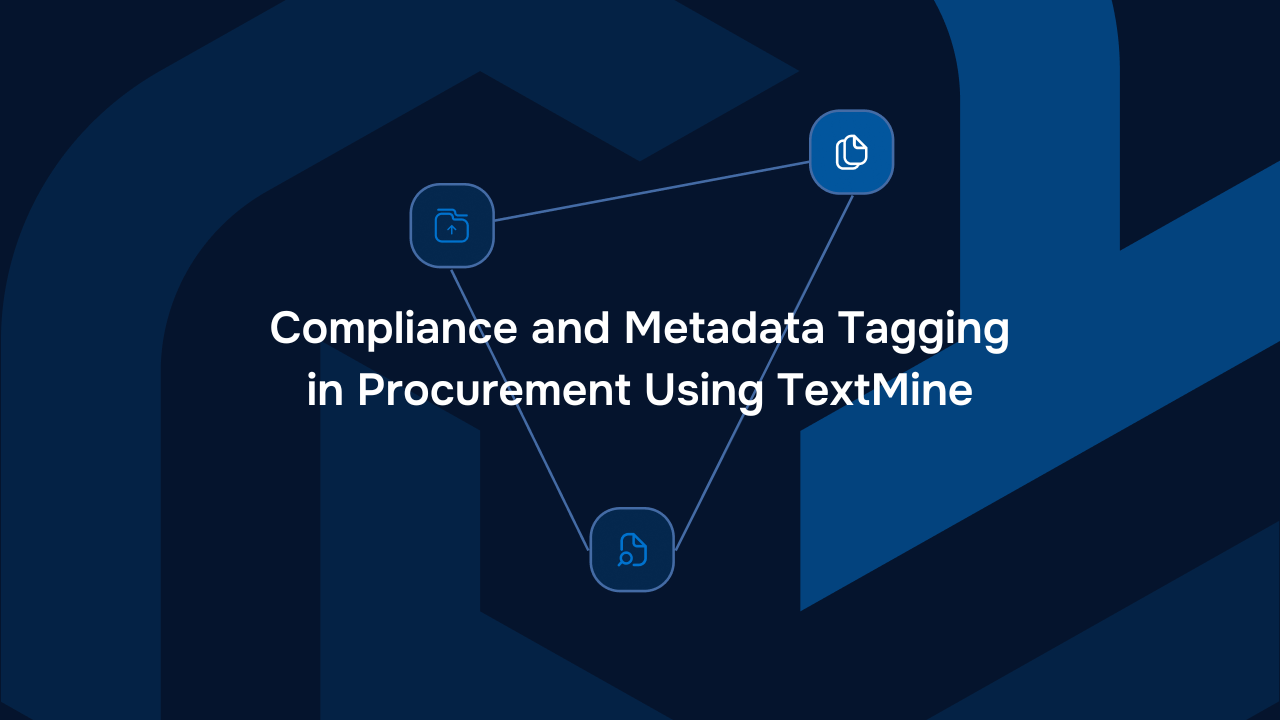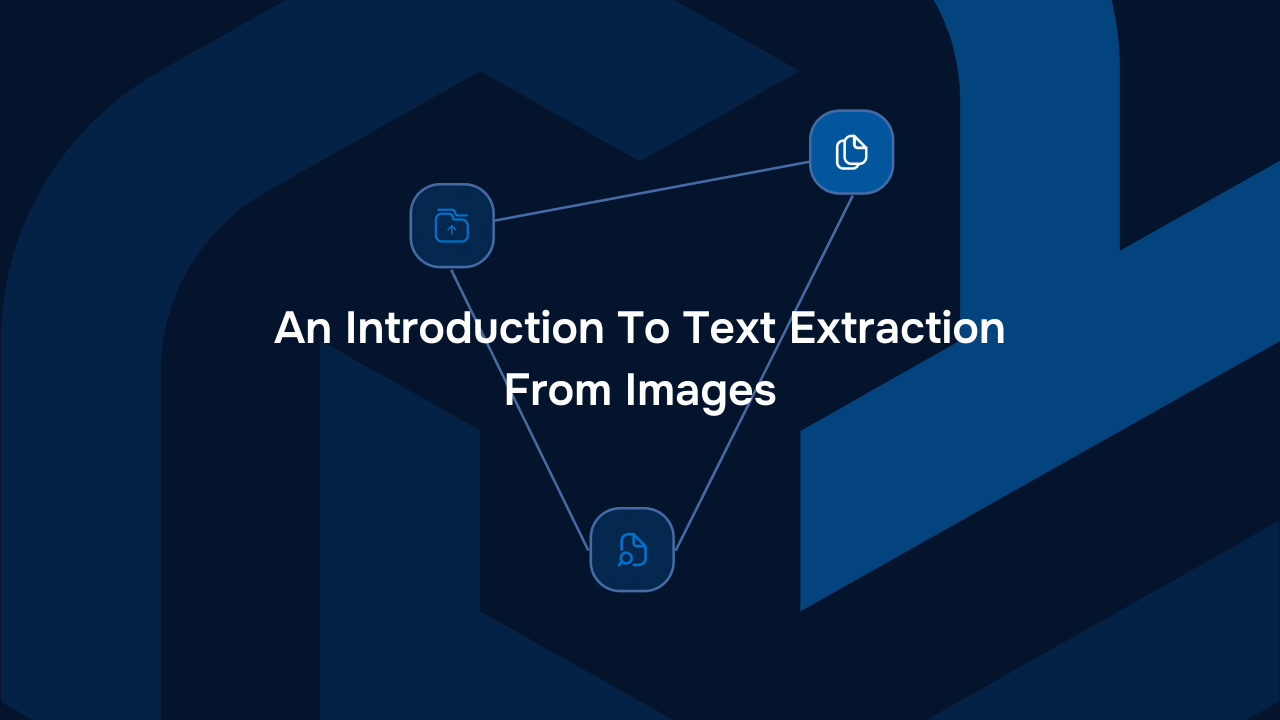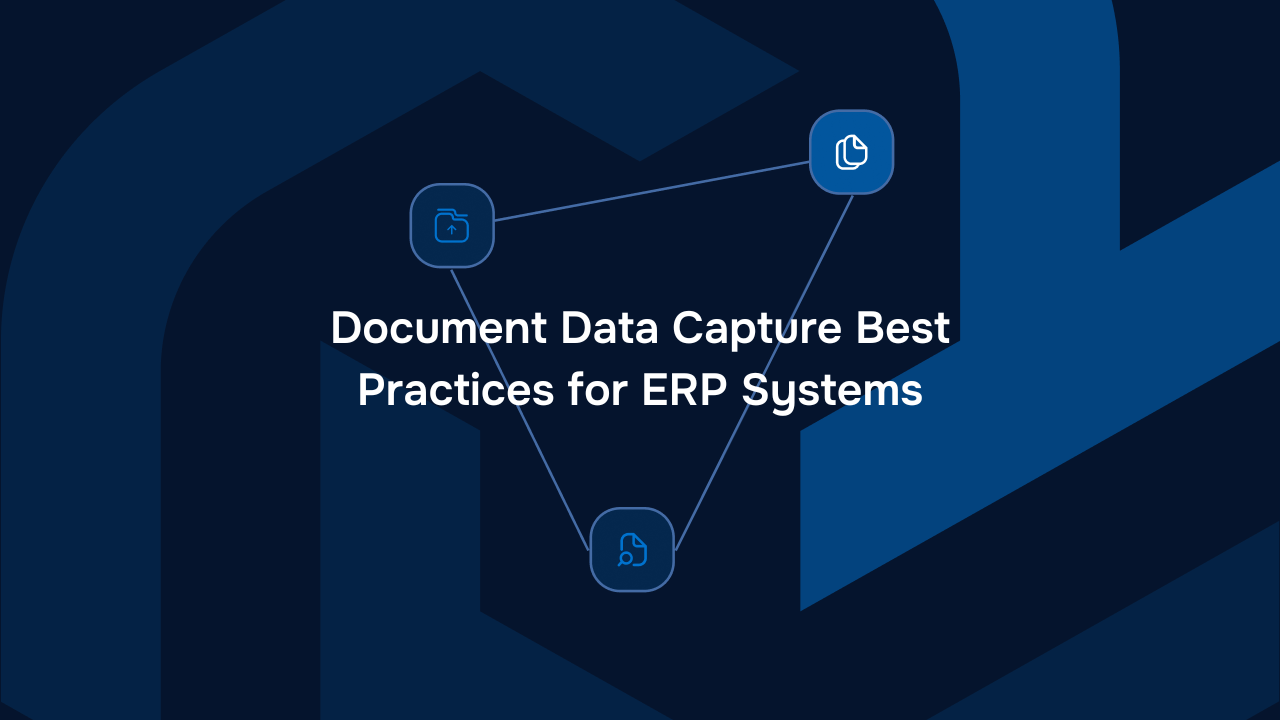An Introduction to LLM Quantization


Large language models (LLMs) are formed of billions of parameters which have been trained on vast quantities of data. As a result, they require a lot of computational power during both training and deployment. Depending on the use case, LLMs can be reduced in size without compromising on performance thanks to quantization which has been applied to other fields such as wireless communication. This article provides an overview of LLM quantization and how it can benefit your LLM applications.
What Is LLM Quantization
Quantization is fundamental to signal processing and data compression mapping. Specifically, LLM quantization is an approach to processing large amounts of language data, which converts a continuous data set to a discrete data set – ultimately minimising the number of bits needed to display the signal. In large language models, making the size of your data smaller is useful in many capacities as it means that less parameters and memory are required to perform the same tasks.
The Foundations of Quantization
To further explain LLM quantization, understanding quantization as a concept can provide perspective on when to use LLM quantization and what it looks like. Quantization involves taking a finite set of discrete values and using them to approximate continuous values. Many discrete values need to be translated to support a continuous signal, so quantization is essential for activities such as computer graphics and digital communication measures.
Types of Quantization
There are three types of quantization: fixed-point, floating-point, and binary. These types offer different approaches to quantizing data for various purposes:
Fixed-point quantization
First, fixed-point quantization is the most common of the three types of quantization. When performing fixed-point quantization, values are divided into intervals (or levels). Each interval is assigned a single value. In embedded systems and tech circumstances with limited resources, fixed-point quantization is used to streamline hardware efficiency.
Floating-point quantization
Next, floating-point quantization allows users to include numbers that use a sign or exponent, which enables the addition of dynamic representations that are more precise.
Floating-point is more malleable than fixed-point, so scientific computing and simulations often use this method.
Binary quantization
Thirdly, binary quantization is the simplest form of quantization, relying only on 1’s and 0’s to underlie digital communication systems and similar technologies. This approach is swift but loses precision through its black-and-white constraints.
LLM Quantization Techniques
LLM quantization can be achieved through a number of techniques, such as quantizing model weights and fine-tuning approaches:
Quantizing model weights and activations
LLMs and neural networking are often used in tandem software applications. LLM quantization involves displaying weights and activations of the model using less precise formats, which makes the processing of the weights faster. However, the data loses some of its integrity this way. Model weights and activations are a part of neural networking, which describes the connections that neurons make in each layer of a network.
Post-training vs. during-training quantization
After the LLM has been trained, quantization is performed to convert the model's parameters to accommodate lower precision formats. In fact, during training, an LLM can be optimised for quantization that occurs after the model has finished processing and running.
Fine-tuning after quantization
Models can be fine-tuned after quantization, mainly for making performance improvements for things like accuracy. Although this part may involve some re-training on task-specific data, it can be useful for maintaining accuracy.
Benefits of LLM Quantization
LLM quantization is incredibly beneficial for LLM builders as it reduces the cost of deploying LLMs. LLMs can also run faster on smaller hardware which improves the experience for the users interacting with the LLM. The key benefits of LLM quantization are:
Reduction in model size
Reducing the size of an LLM can make it easier to deploy on smaller hardware, without concerns for processing or storage capacity.
Lower memory and computational requirements
In a similar vein to the previous point, LLM quantization uses reduced precision formats, which lightens the computation load of the model and can lead to faster model initialization. Additionally, quantization can decrease the memory footprint which is an essential part of interference, making for a more optimised LLM.
Improved deployment on edge devices and real-time applications
Edge devices and real-time applications are improved thanks to LLM quantization.
Specifically, quantization enables real-time deployment of LLMs which use the smallest amount of resources. Resource burning has previously been a source of concern for emerging technologies, but quantization bypasses this feature of LLMs, widening the range of applications for LLMs.
Conclusion
LLM quantization is a key part of developing and deploying LLMs as it allows the models to be deployed on more accessible hardware whilst improving the latency of the model. LLM quantization offers this by converting the LLM parameters to discrete values and removing LLM capabilities and knowledge which are not relevant to the task the LLM is being developed for.
About TextMine
TextMine is an easy-to-use document data extraction tool for procurement, operations, and finance teams. TextMine encompasses 3 components: Legislate, Vault and Scribe. We’re on a mission to empower organisations to effortlessly extract data, manage version controls, and ensure consistency access across all departments. With our AI-driven platform, teams can effortlessly locate documents, collaborate seamlessly across departments, making the most of their business data.

Newsletter
Blog
Read more articles from the TextMine blog


From Complexity to Clarity: Transforming Supplier Agreement Analysis with AI


Compliance and Metadata Tagging in Procurement Using TextMine


An Introduction To Text Extraction From Images






